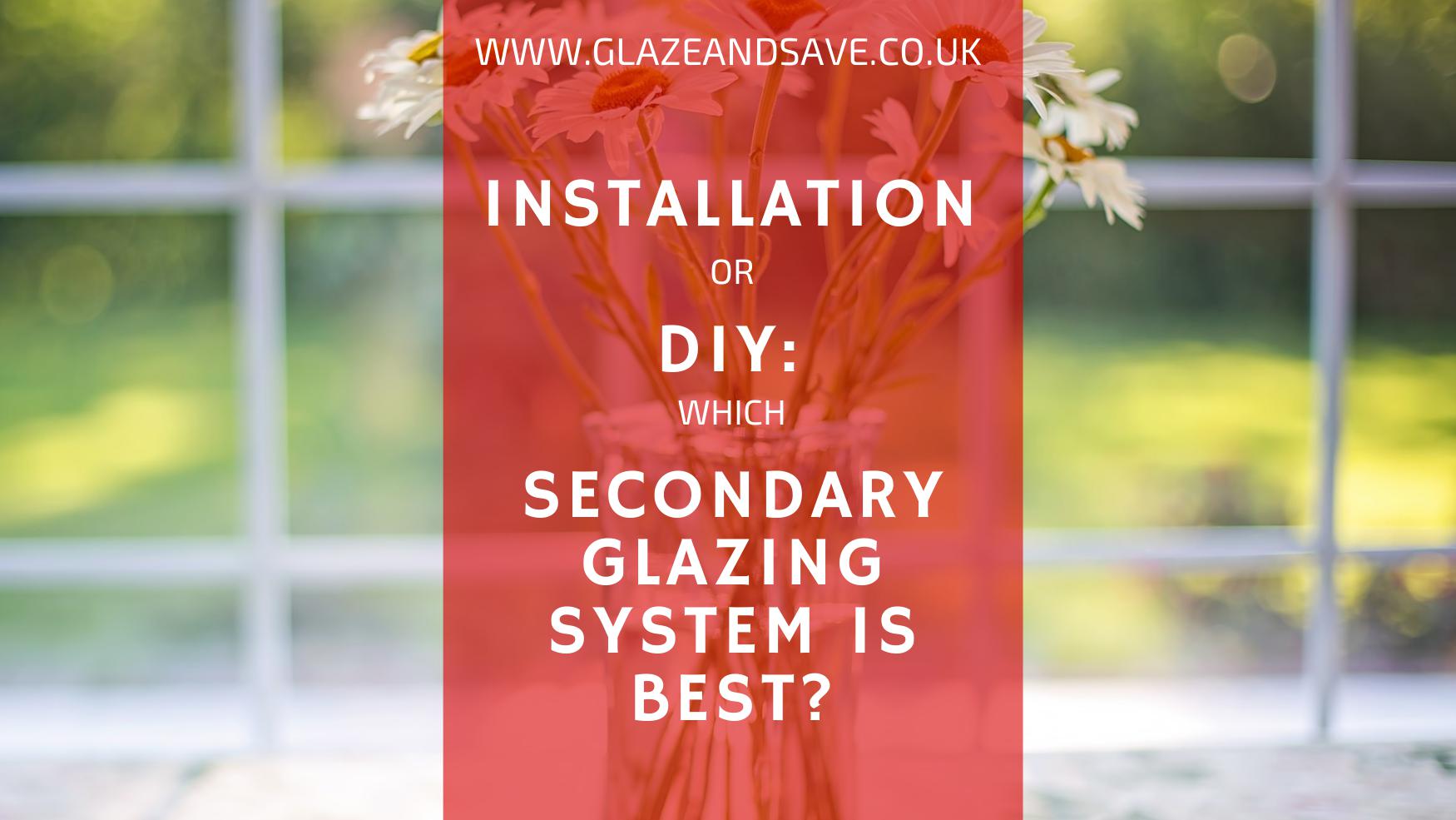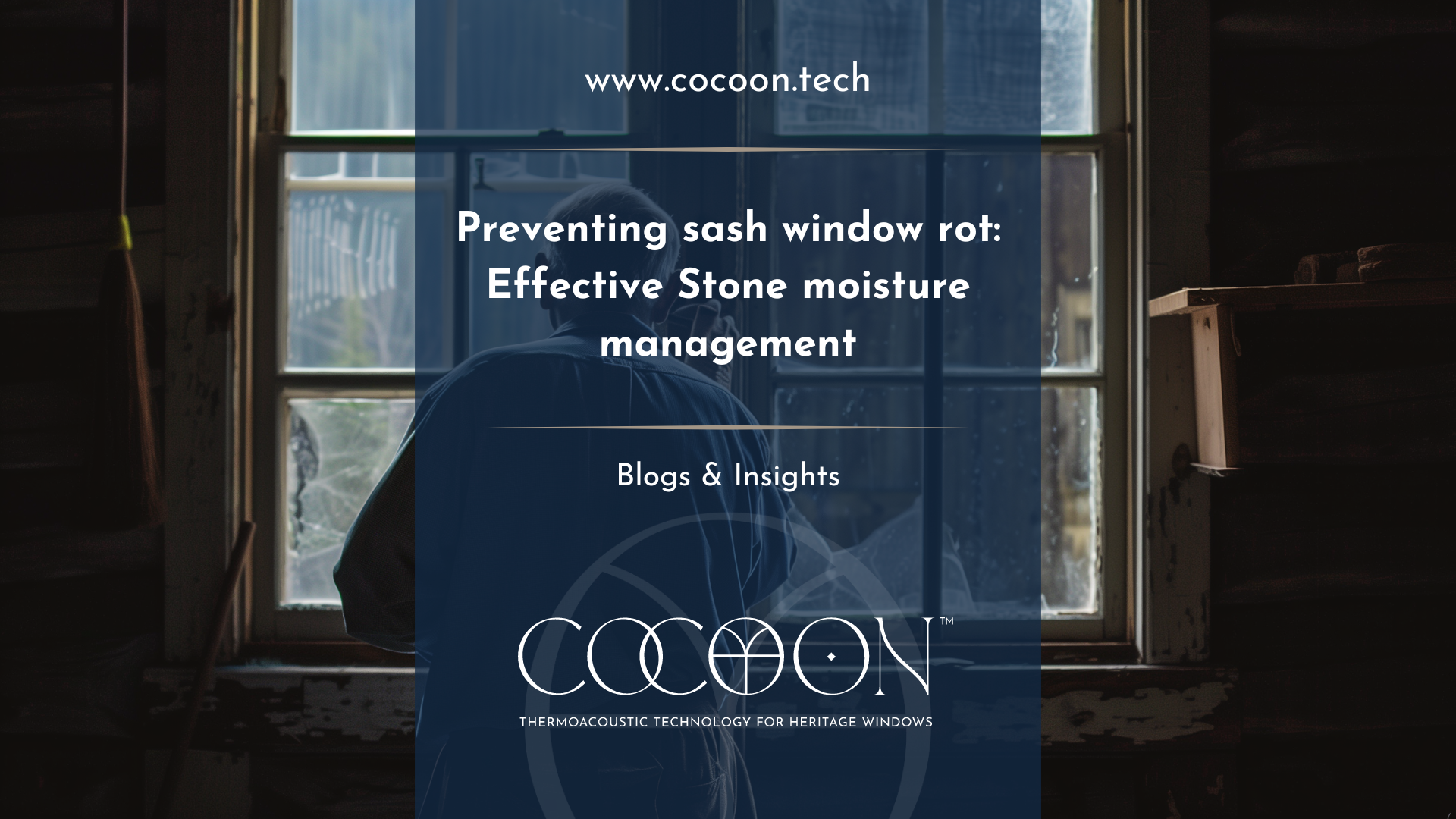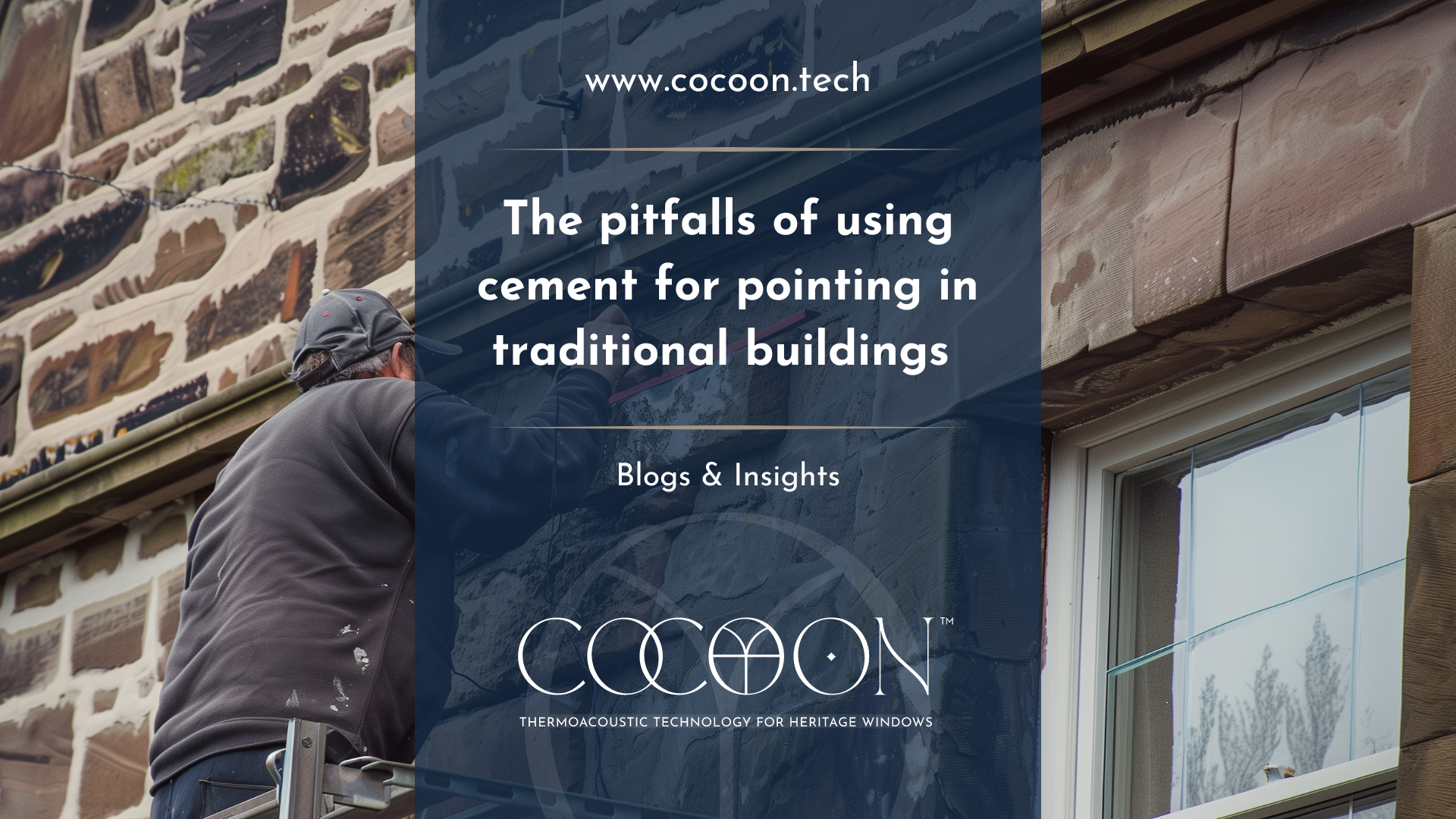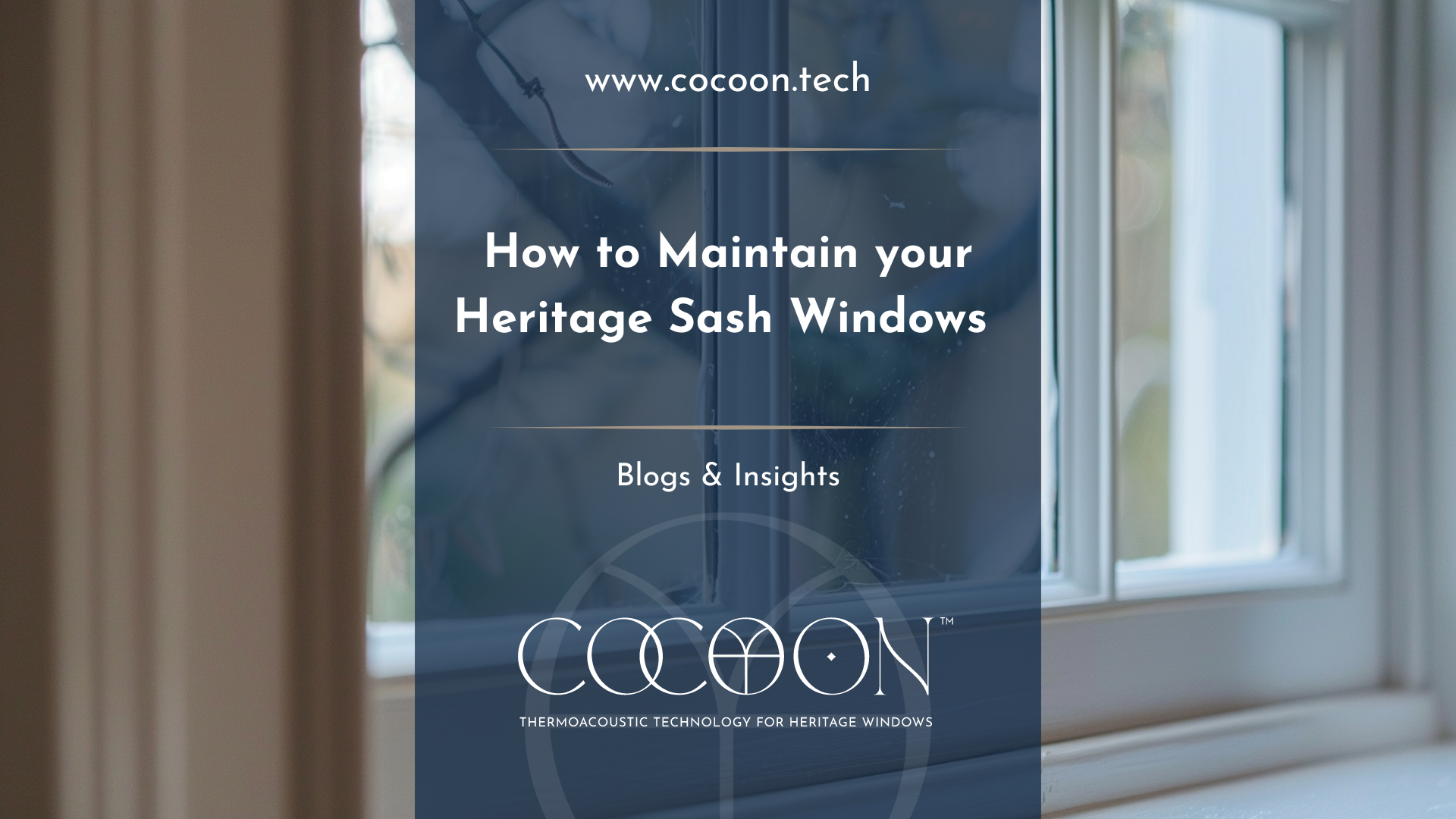The Best Secondary Glazing System? | Glaze & Save
If you live in a listed building or conservation area, need
to reduce noise pollution, or simply don’t want to purchase yet another set of
new windows, the chances are you’re thinking about secondary glazing. And you’re
definitely in the right place! But should you go for a fully installed
secondary glazing option, or are you considering doing it yourself? Let’s look
at the pros and cons of each option.
DIY
Many companies now offer DIY secondary glazing kits and you can find plenty of help online to take you through how to install it. The kits offered by companies are custom-made and contain instructions as well as a measuring guide.
The main benefit of these kits are how cheap they are: if cost is seriously a consideration, or you are looking for a quick stop-gap solution, then DIY kits can be great in a pinch. In fact, we have several customers who previously trialed DIY secondary glazing products to test the concept before coming to Glaze & Save for something more professional!
Most DIY secondary glazing kits are made of acrylic or Perspex, making them easy to cut and install. However, this comes at a cost: acrylic and Perspex secondary glazing is not fire retardant, which should be a major consideration for anyone relying on windows as a fire escape (for example, in upstairs bedroom).
The DIY nature of this type of secondary glazing also tends to mean that there is are no guarantees on the installation of the work. While this is not an issue for day to day living (unless it falls down!), it does mean that the work will not have any beneficial impact on your EPC rating or the value of your property.
Installed
Installed secondary glazing solutions tend to be more expensive that their DIY counterparts, for obvious reasons. You might also have a longer lead time to receiving your installation over purchasing a DIY secondary glazing kit directly and fitting it yourself. However, as the saying goes “good things come to those who wait”.
Installed secondary glazing solutions tend to have a guarantee on the installation as well as the systems themselves. This means that you have peace of mind that your systems will not fail you. InvisiTherm systems are guaranteed for 10 years, one of the longest guarantees on the market, and we also offer a one year installation guarantee. This means that installing InvisiTherm systems can increase your EPC rating to the same standard as double glazing.
InvisiTherm is also fire proof, meaning that it wont immediately go up in flames in the event of a fire. This means you can experience all of the convenience and benefits of magnetic secondary glazing without needing to sacrifice safety.
So there you have it: if you are looking for a cheap and quick fix solution, DIY secondary glazing could be right for you. However if you are looking for a fire safe and guaranteed product that will add value to your property, an installed solution is the way to go.
Glaze & Save InvisiTherm™ is not just for winter! Spruce up your windows this spring with our bespoke magnetic secondary glazing. Reduce noise, eradicate draughts and eliminate condensation this spring and enjoy a warmer, more energy efficient home in the winter. Contact us here to arrange your FREE no obligation survey today.




















